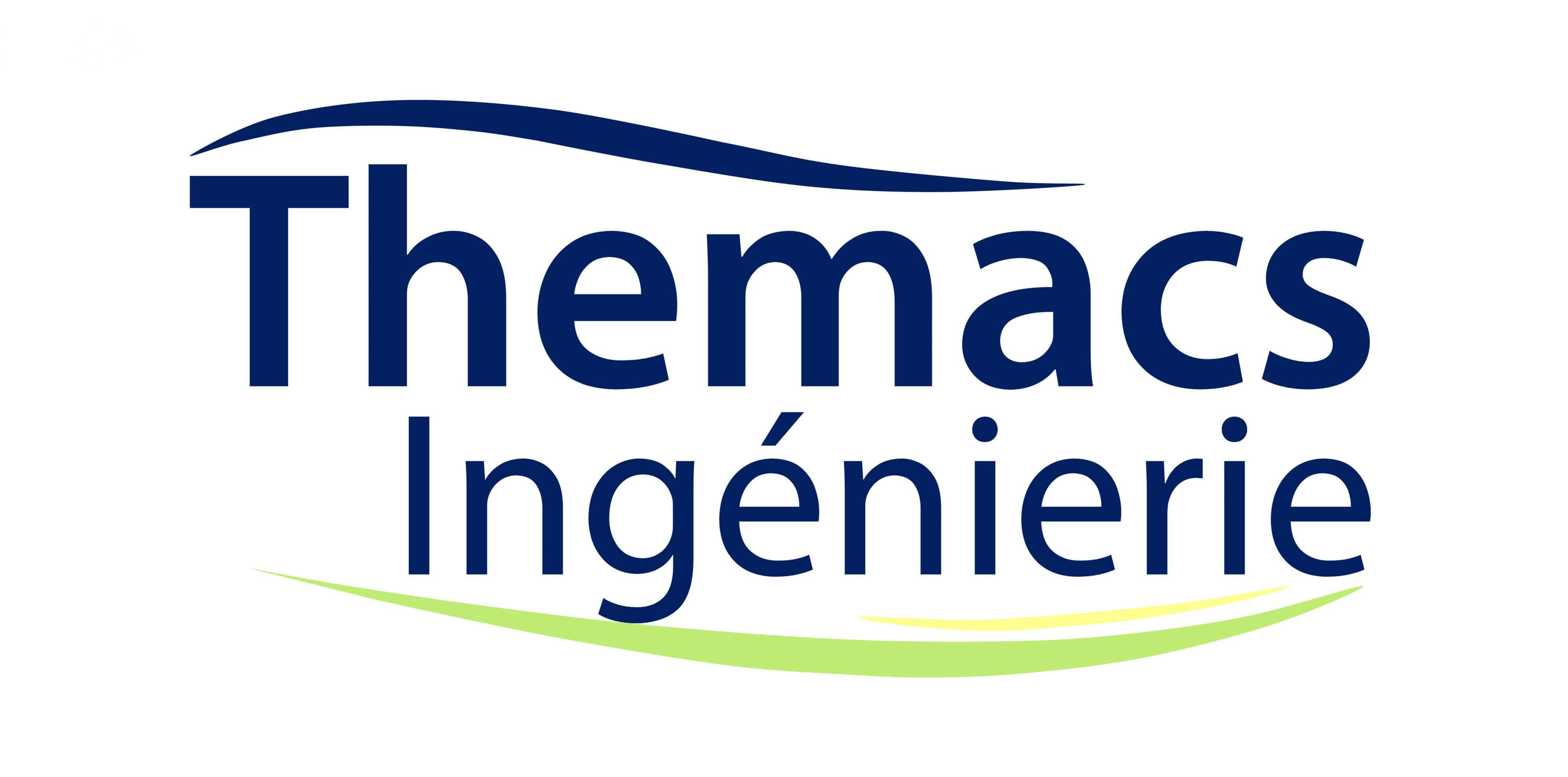The launch of the ANR RESBIOBAT project took place on March 14 at the Gustave Eiffel University in Champs sur Marne
Posté le 13 April 2022 dans News
In the continuity of the previous ANR project RESBATI, the objective is to identify in-situ the thermal resistance of highly insulated walls and bio- sourced walls . For this, we are studying an interdisciplinary approach using physical models, numerical simulations and measurements.
Project consortium: Paris Est Créteil University (CERTES), LNE, CSTB, Cerema , THEMACS Engineering, Gustave Eiffel University.
In a context of energy and environmental renovation, major advances are expected and necessary in the building sector. For existing buildings, reducing energy consumption requires better assessment of the energy performance of buildings and their improvement through rehabilitation actions. Particular attention must be paid to the evaluation and in situ control of the thermal performance of buildings before and after a rehabilitation action in order to prevent possible poor workmanship and thus obtain a building with the expected performance. The construction must also be “sustainable”, that is to say with a low environmental impact by using local materials with a lower impact on natural resources. Hemp concrete and raw earth are particularly promising materials. In this project, we propose an interdisciplinary technical solution combining physical modeling, numerical simulation and measurements for a better in-situ characterization of the energy performance of conventional and bio -based walls .

The control of the thermal resistance of walls (indicator of the level of insulation) by in-situ measurement on new buildings or in renovation is a growing demand. We have chosen to focus on the scale of the wall in order to offer an easily deployable and minimally intrusive solution. Thus, the previous ANR project named “RESBATI” resulted in a precise technical solution for the insulation of walls whose thermal resistance is less than 4 m 2 KW -1 [ Koenen 2019, Ha 2020a]. The measuring device developed consisted of an active solicitation of the wall by a constant local heating, to measure its responses in flux and in temperature then to determine its thermal resistance using identification methods (inverse).
The objective of this new project is to study highly insulated walls and other types of durable walls composed of biosourced hygroscopic products (wood fiber, cellulose wadding, hemp concrete) [ Gourlay 2017, Moujalled 2018, Piegay 2020 , Akkurt 2020] and raw earth.
To take into account the transverse thermal effects in these types of walls, due in particular to their greater thickness, the RC and 1D thermal models are no longer suitable. 2D or 3D models will be preferred.
